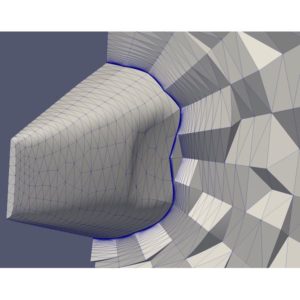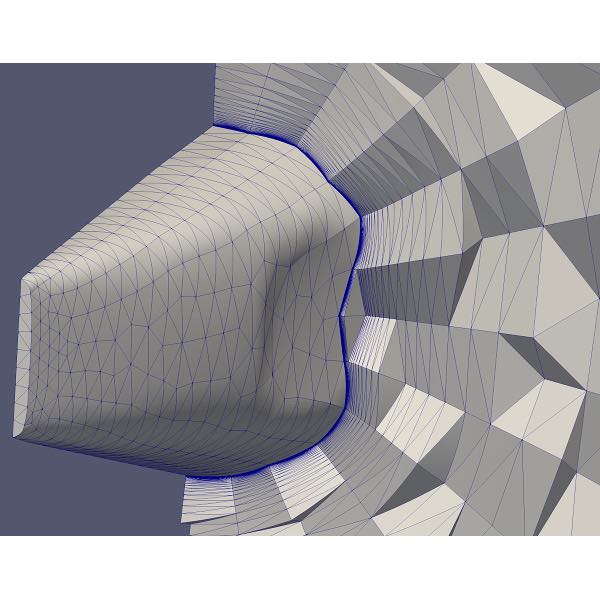 Today Pointwise announced Project Geode, the company’s response to the NASA CFD Vision 2030 Study’s identification of the lack of CFD software access to geometry. As part of the announcement, Pointwise has opened beta testing of a geometry modeling kernel for computer-aided engineering (CAE) simulation software.
Today Pointwise announced Project Geode, the company’s response to the NASA CFD Vision 2030 Study’s identification of the lack of CFD software access to geometry. As part of the announcement, Pointwise has opened beta testing of a geometry modeling kernel for computer-aided engineering (CAE) simulation software.
Pointwise’s geometry modeling kernel has been continuously developed since before the company’s founding in 1994,” said Pointwise’s president, John Chawner. “The NASA CFD Vision 2030 Study’s identification of the lack of CFD software access to geometry made us realize that our geometry kernel could fill this need. The kernel’s core geometry evaluation functions can provide all the functionality a CFD solver would need for tasks like mesh adaption and elevation of elements to higher-order. We are now seeking additional beta testers to validate this idea.”
Pointwise’s Project Geode kernel is being used for node insertion in research code for degree elevation and curving of high-order meshes as illustrated here for a quadratic mesh on and around the aft end of the NASA High Lift Common Research Model.
Project Geode’s kernel is a fourth generation, solid modeling and geometry kernel written in C++. It is available on Windows, Linux, and Mac in both 32-bit and 64-bit builds. The kernel’s math, geometry, and topology libraries have been packaged together and are now being made available for beta testing. While there are many excellent geometry kernels – both proprietary and open-source – currently available in the market today, the Project Geode kernel is tuned to the needs of engineering simulation, making it fast and light enough to be deployed in a distributed computing environment. Its heritage is the full kernel which forms the basis of Pointwise’s geometry-related capabilities. Therefore, the kernel itself is production strength; what is being beta tested is the kernel’s utility in simulation software.
Project Geode has been in a limited, preliminary beta test for about a year.
One of the early beta testers was the SU2 team at Stanford. Dr. Edwin van der Weide from the University of Twente wrote, “We have used Geode to create high order elements for the SU2 Discontinuous Galerkin solver that is currently under development. The available functionality in the kernel allowed us to project the inserted points onto the true surface reliably, leading to curved elements respecting the true CAD geometry.”
Sign up for our insideHPC Newsletter




